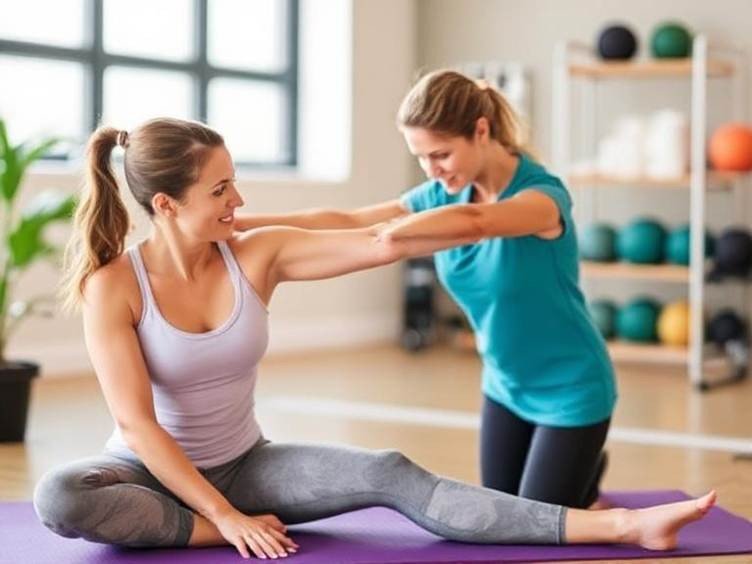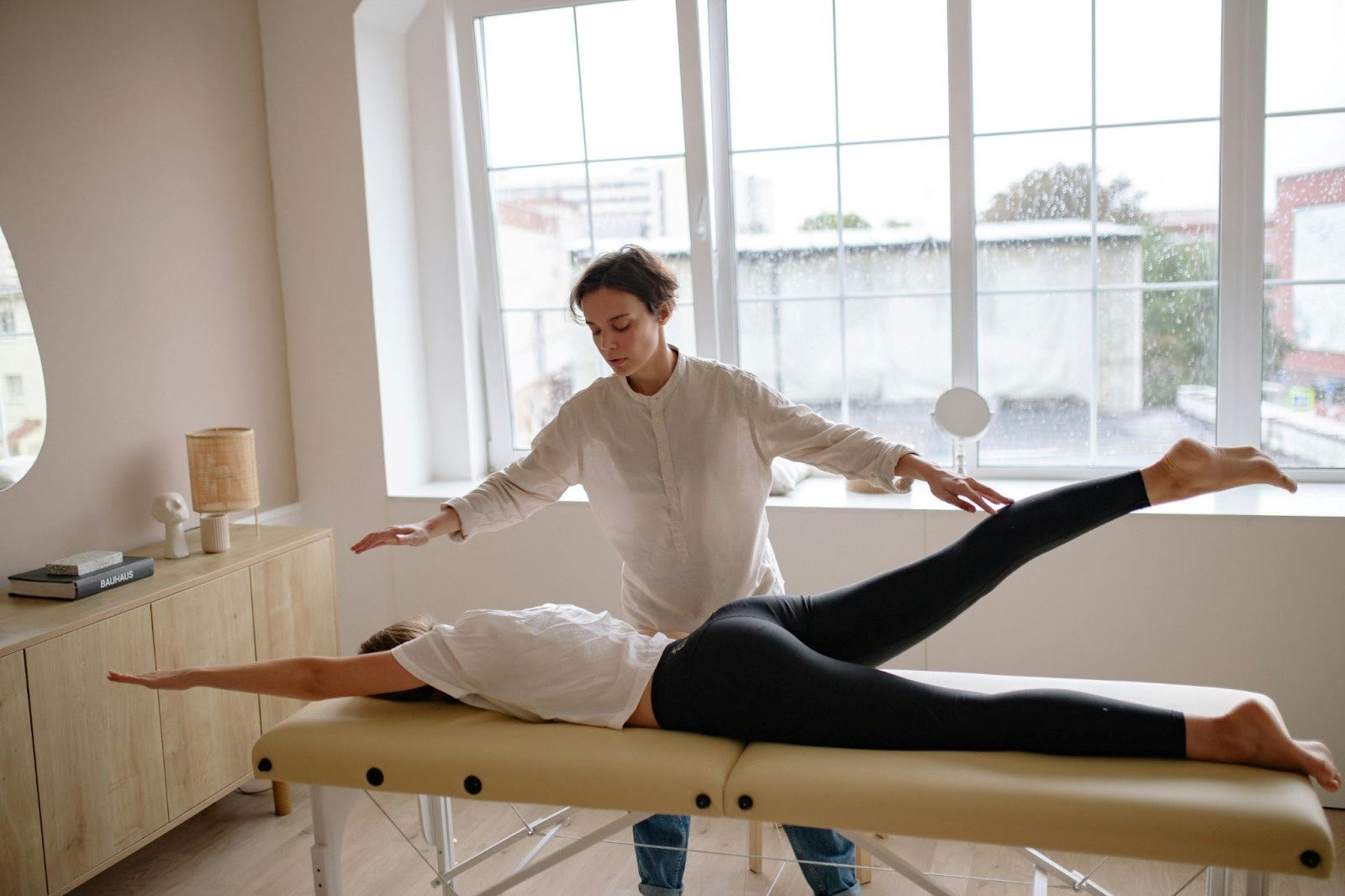Overview
When you’re trying to put together a balanced fitness routine, it’s easy to get stuck in the “strength training vs. yoga” debate. On one hand, strength training helps you build muscle, strengthen your bones, and speed up your metabolism. On the other hand, yoga improves flexibility, balance, and even clears your mind.But what if you didn’t have to choose one over the other? By combining yoga and weight training, you can unlock maximum results, both physically and mentally.FITPASS gives you access to Yoga classes near me and top gyms across India, making it easier to create a routine that blends both practices without the hassle of multiple memberships.
Key Takeaways-
Why Strength Training and Yoga Work Well Together
If you see it at an instance, yoga vs strength training seems like a comparison of opposites; one focuses on lifting heavy weights, whereas the other involves bodyweight poses and controlled breathing. But in reality, they complement each other beautifully.
According to a 2016 study published in the International Journal of Yoga, regular yoga practice improves flexibility, balance, and muscular endurance.
Meanwhile, research in the Journal of Strength and Conditioning Research shows that resistance training is the most effective way to increase lean muscle mass and strength. When paired, you get the best of both worlds: power, mobility, and resilience.
Benefits of Strength Training
Strength training offers numerous benefits that go beyond aesthetics:
- Muscle building: Progressive overload helps you grow stronger and sculpted muscles.

